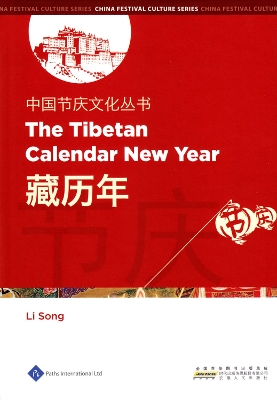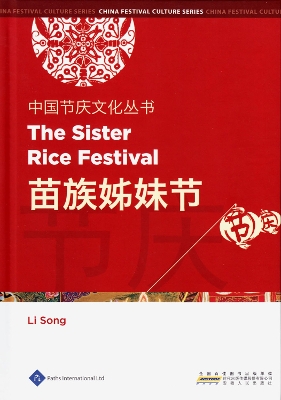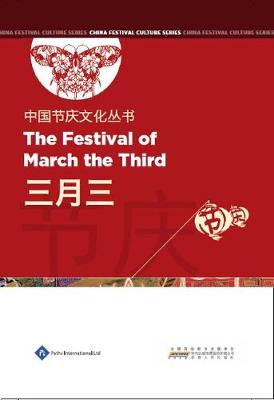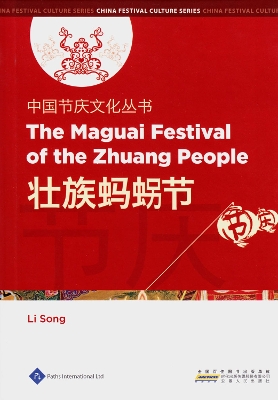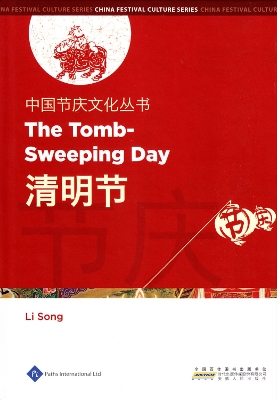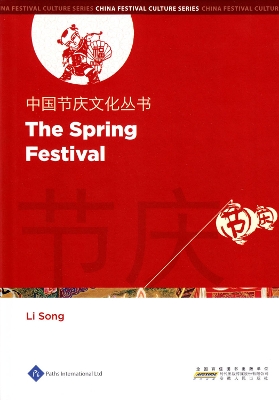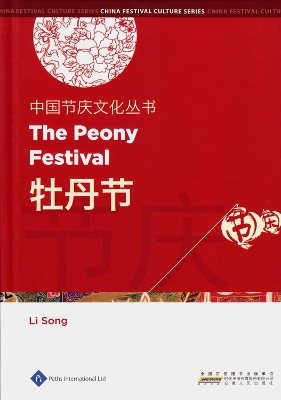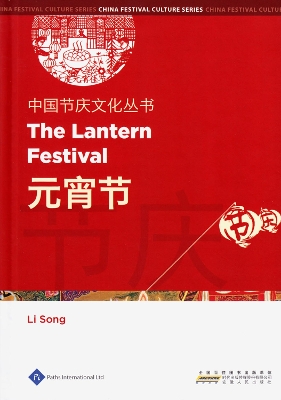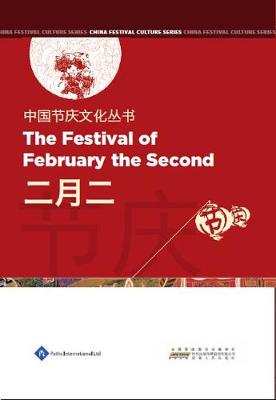China Festival Culture
11 total works
Tibet is a less explored region in China and its traditional New Year is mysterious and less known to the rest of the world. This book aims to introduce the traditions of their New Year to global readers. This book will bring a new image of Tibetan people celebrating their unique New Year to global readers.
Festivals of ethnic minorities in China are less popular in the main towns but arouse the interests of those who love to explore off the beaten track. This book explores a rich and diverse ethnic festival which is away from the mainstream.
The book tells many epic legends and touching stories behind the festival to make the book more enticing. A routine festival becomes vivid and colorful after being polished by its everlasting tales.
Festivals are a part of China’s history through the centuries. The Chinese Festival Culture Series provides insights into the myriad festivals that are at the heart of China’s diverse culture. Special focus is given to the unique and fascinating festivals of China’s ethnic groups whose festivals are less well known but which offer a valuable contribution to the wealth of China’s folklore.
Different from the Tomb-Sweeping Day, the Festival of March 3rd has religious implications for worshipping Buddhism and Taoism and warding off evil spirits and purifying your own mind.
The book not only introduces the history and development of the Festival of March 3rd but also tells many touching folk tales and heroic legends which are associated with the festival. The book offers insight into the distinct and subtle features of this festival.
The book includes illustrations, tables and graphics.
Festivals are a part of China’s history through the centuries. The Chinese Festival Culture Series provides insights into the myriad festivals that are at the heart of China’s diverse culture. Special focus is given to the unique and fascinating festivals of China’s ethnic groups whose festivals are less well known but which offer a valuable contribution to the wealth of China’s folklore.
The ethnic minority of Zhuang has a comparably large population in China and Zhuang culture is an important part of Chinese civilization. Zhuang people have a unique lifestyles including ethnic costumes, folk singing and dancing, special cuisine and indigenous religions. All these cultural elements can be observed in the Maguai Festival and hence this book.
This book almost covers all aspects of the characteristic culture of Zhuang people, which is less known to the rest of the world but should not be neglected. The book aims to offer a panoramic view of Zhuang culture to a global audience.
The Tomb-Sweeping Day is to show respect to ancestors and gods and saints worshipped from generation to generation so it deserves to be highlighted and enjoy the same status of importance with the Spring Festival in China.
The Tomb-Sweeping Day is seen as a significant component of Confucianism to show the filialness and loyalty of Chinese people. Many folk tales and legends of sagacious heroes are the prototype of sacred ceremonies during the Tomb-Sweeping Day and they are vividly narrated in this book.
Festivals are a part of China’s history through the centuries. The Chinese Festival Culture Series provides insights into the myriad festivals that are at the heart of China’s diverse culture. Special focus is given to the unique and fascinating festivals of China’s ethnic groups whose festivals are less well known but which offer a valuable contribution to the wealth of China’s folklore.
Many people know the Spring Festival but don’t have the first hand resources regarding to its history and features. This book tells the stories behind its name and lets readers get insight into it. The author covers nearly every aspect of the Spring Festival. The Spring Festival in ethnic minorities of China and overseas Chinese diasporas is also included, which is often absent in other books on this subject.
Festivals are a part of China’s history through the centuries. The Chinese Festival Culture Series provides insights into the myriad festivals that are at the heart of China’s diverse culture. Special focus is given to the unique and fascinating festivals of China’s ethnic groups whose festivals are less well known but which offer a valuable contribution to the wealth of China’s folklore.
Yi people are an important part of Chinese society but few works are dedicated to illustrate their lives and customs. This book aims to depict and promote Yi culture by introducing their Saizhuang Festival which nearly contains all elements of the Yi’s daily lives.
The Saizhuang Festival is not only a grandiose party of the Yi people, but also an epitome of their characteristic daily lives. During the Saizhuang Festival, they compete for everything, not only their attire. They have competitions in many areas ranging from performing arts such as singing and dancing, to tasty cuisine, Yi liquor, embroidery art, costume-making and symbolic pictograph writing. All elements of Yi culture are incarnated and can be found represented in the Saizhuang Festival.
Many festivals are dedicated to our ancestors, natural landscapes, or cultural events but few of them concentrate on one species of plant. Audiences may wonder why and how people celebrate the festival to celebrate peony and this is explored in this book. The book combines all elements related to the Peony Festival into one single volume such as the biological features of peony, the natural and cultural beauty of peony, the historic background of the peony capital Luoyang and the activities of the Peony Festival. This book can be seen as an encyclopedia of peony culture to promote the peony’s status as being the national flower of China.
This book shows the ultimate beauty of ancient Chinese decorative arts. Lanterns symbolize the raising of hope like sunrise and colorful lanterns with a background of full-moon at night represent peace, tranquility and harmony. Thus, the Lantern Festival is an irreplaceable part of Chinese festivals.
This book not only describes the origin, design, production for each kind of lantern, but also explains lantern riddles and interesting stories hidden behind lanterns, which are appealing to readers.
Festivals are a part of China’s history through the centuries. The Chinese Festival Culture Series provides insights into the myriad festivals that are at the heart of China’s diverse culture. Special focus is given to the unique and fascinating festivals of China’s ethnic groups whose festivals are less well known but which offer a valuable contribution to the wealth of China’s folklore.
As one of many traditional Chinese festivals, the Festival of February 2nd is less known outside China. Even many locals in China have forgotten this important festival which used to be popular in rural areas. This book aims to bring back the memories of old-timers for the day of dragon’s head-raising to share with modern readers.
The Festival of February 2nd originates from the countryside and it is deeply rooted in the agricultural era. Therefore it has many aspects that are different to other festivals in China. This book offers an insight into a key part of China’s festival heritage.
Each book explores and reveals insights into Chinese festivals and their origins. The books discuss the origins of each festival and the lives they celebrate. In particular they high light the unique tapestry of modern Chinese life while exploring the rich and ancient culture of the Chinese people.
Each book is beautifully illustrated and provides a detailed examination of each festival. The series is unique in exploring the festivals of ethnic groups in China with their unique celebrations which are less well known outside China. Each book brings to life the long standing heritage of the Chinese people they examine and the joy of their festivals.
This series is an essential resource for anyone keen to explore the rich diversity of China’s festival culture.
